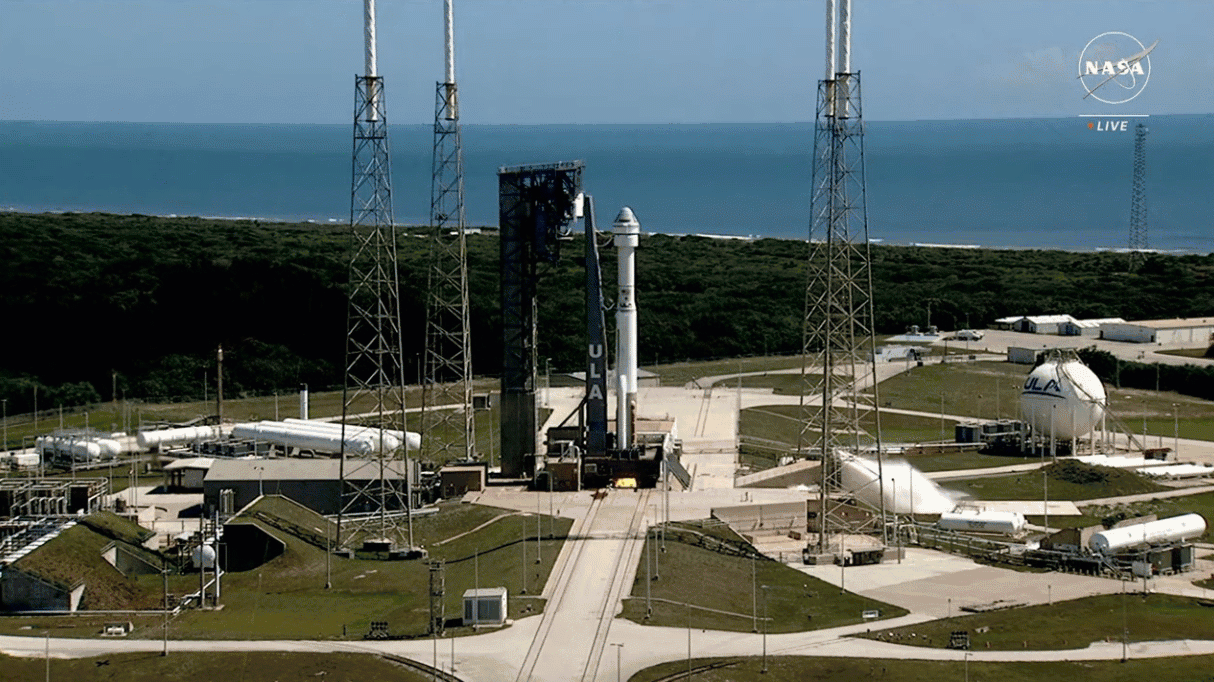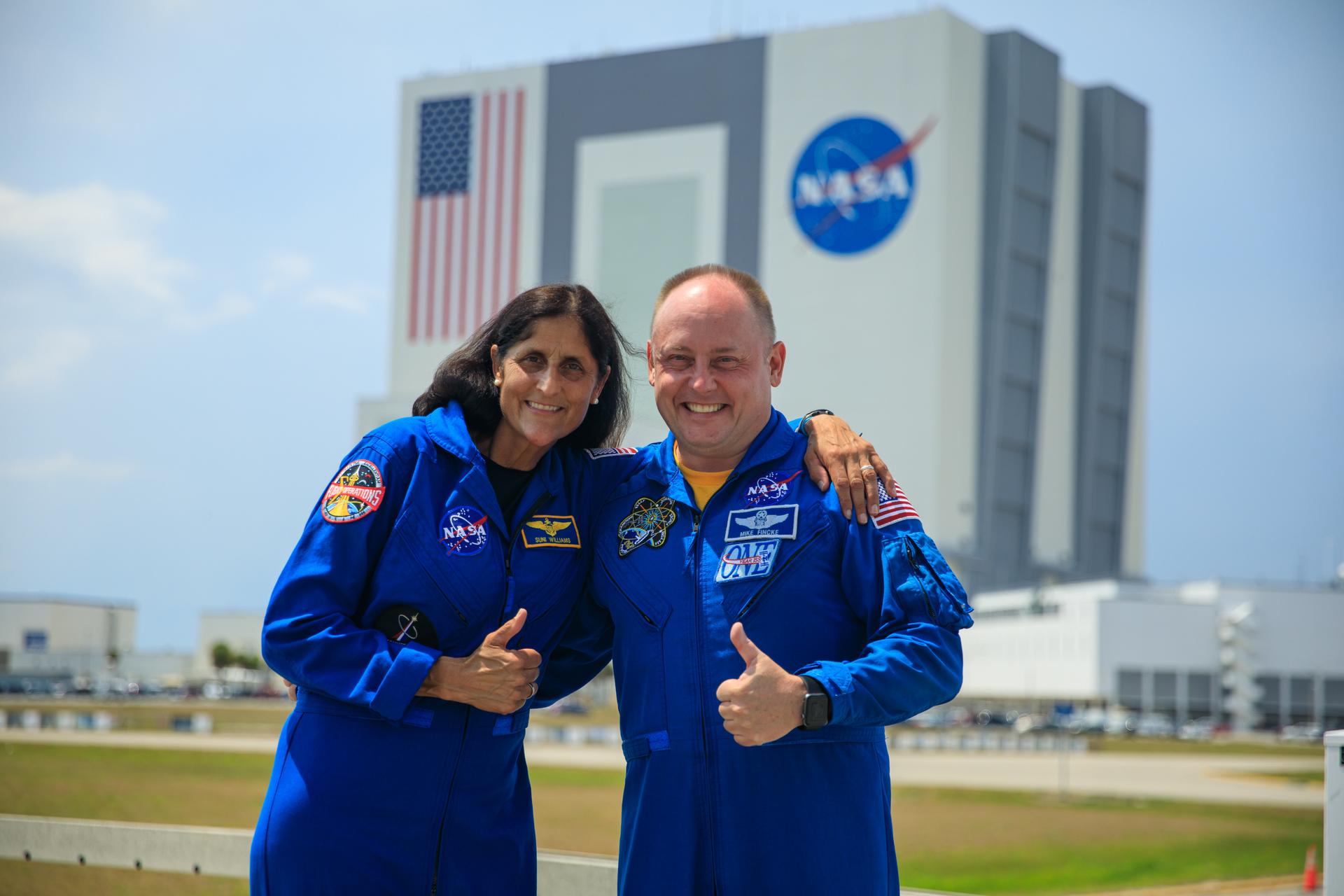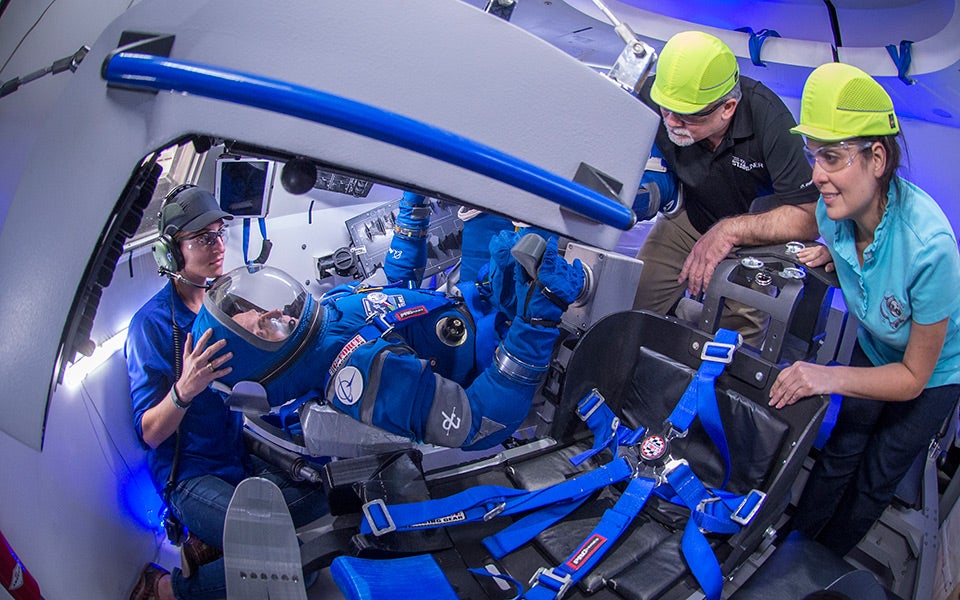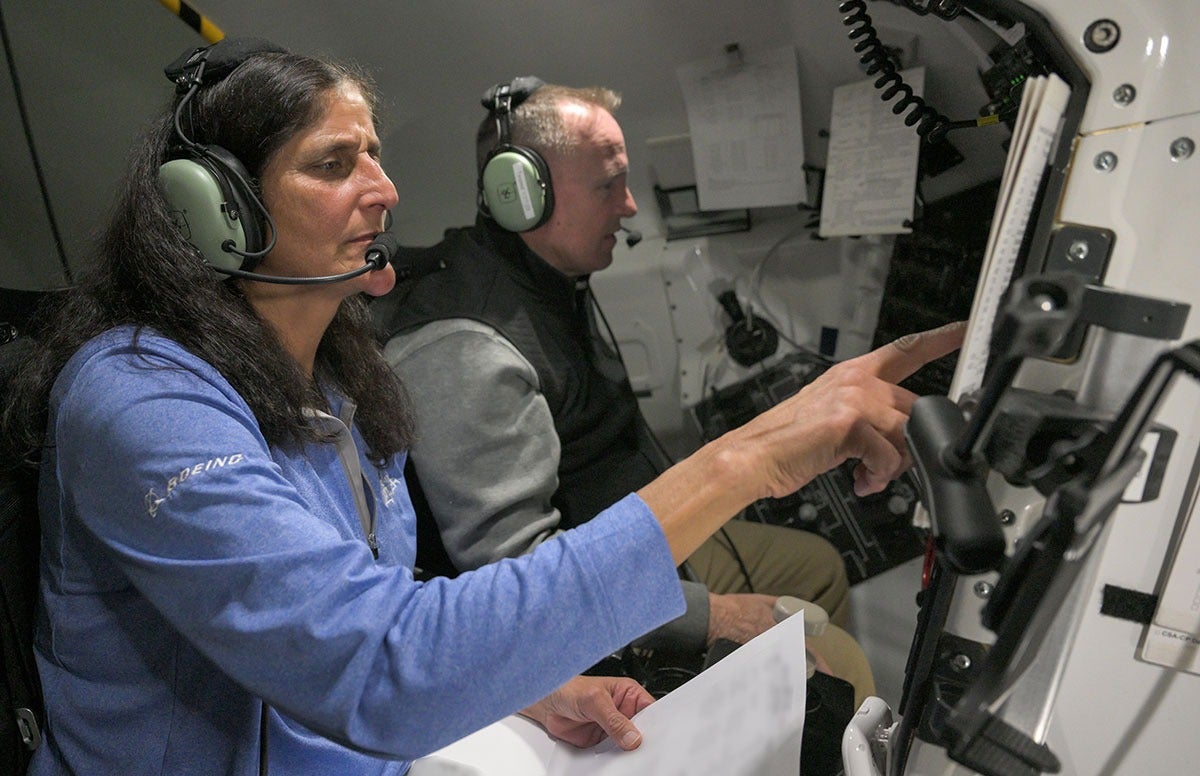
Update: After two previous postponements, NASA astronauts Barry “Butch” Wilmore and Sunita “Suni” Williams are headed to the International Space Station (ISS) as part of NASA’s Boeing Starliner Crew Flight Test Launch.
Liftoff was at 10:52 A.M. EDT.
You can read the latest updates here from NASA and watch the livestream below.
NASA will broadcast the docking, hatch opening, and welcome remarks from the astronauts.
If you are close to Florida’s Space Coast, there are many locations where you can view the launch in person.
The Boeing Starliner‘s mission

The Starliner is part of NASA’s Commercial Crew Program, which seeks to launch astronauts into space in a private/public partnership using American tech. Boeing’s CST-100 Starliner capsule is 15 feet (4.6 meters) in diameter, can be piloted manually or automatically, and holds up to seven astronauts. If the mission is successful, the space agency will finalize the certification of Starliner for missions to the ISS. This mission will focus on verifying the transportation system, including the launch pad and rocket, in-orbit functions, and a crewed return to Earth. Boeing’s Starliner capsules are reusable up to 10 times before requiring servicing and have features including wireless internet.
“We are going to have a whole new adventure. This is very much a part of our exploration of space and what I call the ‘golden age of space exploration,’” said NASA Administrator Bill Nelson during a press briefing. “It’s a historical day. It’s a wonderful day.”

Wilmore and Williams will stay on the ISS for about a week before returning to Earth. The craft will use parachutes and a airbags to touch down in the southwestern U.S.
Wilmore has been on two spaceflights, including one aboard space Shuttle Atlantis (STS-129), and has spent 178 days in space. Williams was selected as a NASA astronaut in 1998. Since then, she has logged 322 days in space, also on two space missions.

Here are the official biographies of the crew, courtesy of Boeing:
Barry “Butch” E. Wilmore
Barry “Butch” E. Wilmore is the Commander of Starliner’s Crew Flight Test (CFT). He was selected as an astronaut by NASA in July 2000. The Tennessee native is a veteran of two spaceflights, STS-129 and Expedition 41/42.
For STS-129, Wilmore was the pilot for the mission that delivered two Express Logistics Carrier racks and about 30,000 pounds of replacement parts to the International Space Station (ISS) to maintain its proper orientation in space.
For Expeditions 41/42, Wilmore launched from the Baikonur Cosmodrome in Kazakhstan and returned to Earth in Kazakhstan. He was a Flight Engineer for Expedition 41 and then Commander for Expedition 42. During his time on the ISS, Wilmore performed three spacewalks to prepare for new international docking adapters and future U.S. commercial crew spacecraft. In addition, he completed a fourth spacewalk to replace a failed voltage regulator.
In total, Wilmore has spent 178 days in space. His launch on an Atlas V / Starliner will be Wilmore’s third rocket and spacecraft combination to orbit.
A retired Navy Captain, he has accumulated more than 8,000 flight hours and 663 carrier landings, all in tactical jet aircraft, and is a graduate of the U.S. Naval Test Pilot School. As a Navy officer and test pilot, Wilmore flew the F/A-18 Hornet and T-45 Goshawk, and was a Flight Test Instructor at the Air Force Test Pilot School at Edwards Air Force Base, California.
He is a graduate of Tennessee Technological University and the University of Tennessee.
Sunita “Suni” L. Williams
Sunita “Suni” L. Williams is the Pilot of Starliner’s Crew Flight Test (CFT). She was selected as an astronaut by NASA in 1998. The Ohio native is a veteran of two space missions, Expeditions 14/15 and 32/33.
For Expedition 14/15, Williams served as an International Space Station Flight Engineer. She launched with the crew of STS-116 and returned with the crew of STS-117. While onboard, she conducted four spacewalks, totaling 29 hours and 17 minutes. She also completed the Boston Marathon on a station treadmill, with an official completion time of 4:23:10. During the run, Williams circled the Earth at least twice, running as fast as 8 mph but f lying more than 5 miles per second.
For Expedition 32/33, Williams launched from the Baikonur Cosmodrome in Kazakhstan and returned to Earth in Kazakhstan. She spent four months conducting research and exploration aboard the orbiting laboratory, first as a Flight Engineer for Expedition 32 and then as Commander for Expedition 33. While onboard, Williams performed three spacewalks to replace a component that relays power from the station’s solar arrays to its systems, and to repair an ammonia leak on a station radiator.
Williams, who has spent a 322 total days in space, ranks sixth on the all-time U.S. endurance list, and second all-time for a female astronaut. Her launch on an Atlas V / Starliner will be Williams’ third rocket and spacecraft combination to orbit.
A Navy test pilot and retired Captain, she has logged more than 3,000 flight hours in over 30 different aircraft, including the CH-46 Sea Knight and V-22 Osprey. She also received her designation as a Basic Diving Officer from the Naval Coastal System Command.
Williams is a graduate of the U.S. Naval Academy and the Florida Institute of Technology.
Mike Fincke
E. Michael Fincke, call sign “Spanky,” is training as a backup crew member of Starliner’s Crew Flight Test (CFT) and has been assigned as Pilot of the Starliner-1 mission. He was selected as an astronaut by NASA in 1996. The Pennsylvania native is a veteran of three spaceflights, Expedition 9 in 2004, Expedition 18 in 2009, and STS-134 in 2011.
For Expedition 9, Fincke served as Science Officer and Flight Engineer during his six-month stay onboard the International Space Station. While there, he performed four spacewalks. For Expedition 18, Fincke served as Commander while he and his crew prepared the station for future six-person crews. For STS-134, he served as Mission Specialist and completed three spacewalks. The mission also delivered the Alpha Magnetic Spectrometer, a cosmic ray particle physics detector, to the space station.
In total, Fincke has logged more than a year on orbit, with nine spacewalks. His launch on an Atlas V / Starliner will be Fincke’s third rocket and spacecraft combination to orbit.
An Air Force flight test engineer and retired Colonel, he has logged more than 1,900 flight hours in 30 different aircraft, including the F-15 Eagle. He was the recipient of the U.S. Air Force Test Pilot School Col. Ray Jones Award as the Top Flight Test Engineer/Flight Test Navigator in class 93B.
Fincke is a graduate of the Massachusetts Institute of Technology, Stanford University, El Camino College and the University of Houston-Clear Lake.









